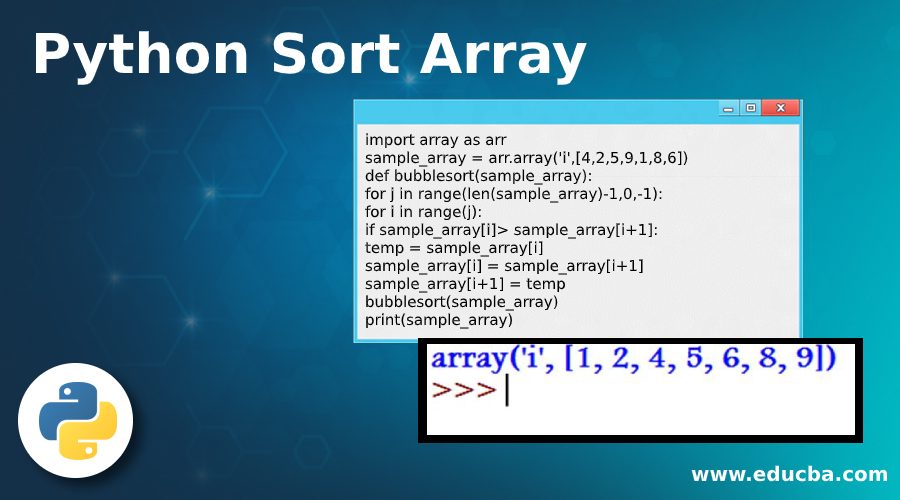

Strings in Python are also a List (array in another programming language) or sequences of character, and various slicing operations holds true for strings as well. You can learn about Python List which uses square brackets to write elements and all elements are separated by comma. Python follows OOP ( Object Oriented Programming) paradigm which means everything in python is an object associated with a class. The output of type () function returns which means string class & it can be understood as string datatype. Both single and double quotes represent the same class that is ‘str’ (string data type). However, there are some reasons to choose one over others, depending on the use case. There is no difference between representing them in a single or double quote. Strings are always defined and displayed under the single quotation (‘ ‘) or the double quotation (“ ”). They are mostly used to hold the string and to display the information using some function such as print statement. Type conversion from float to int x = 23.67ĭesigned to handle strings, texts, characters and words. When a floating number is typed-cast into an integer, anything after the decimal point will be ignored. Alike Integer to float conversion, Floating point number can also be typed cast into an integer using int () method. Float means integer with the decimal point and other integers like 23.67. Handles decimal (float) values in python. Hexadecimal value can be written in either upper case or lower case like df or DF. Conversion is simple, just prefix the hexadecimal value with 0x (zero x). Similar to Binary-Integer conversion, We can also convert a hexadecimal value to integer value for easy & quick understanding of us. Python allows us to convert a binary number to Integer using a specific syntax, just prefix 0b (zero b in lower case) or 0B (zero B in upper case) before the binary number. However, an integer can be typed cast into float type by using python inbuilt data type conversion known as a float (). This category of datatype does not handle decimal value at all. There is practically no limit on the size of integer that can be written, it is only limited by the available memory on your system. Integer also referred to as int in python. To handle all numbers from negative to positive including 0.

There are two subcategories of numeric datatype i.e., Integers and floats (or Floating-Point numbers). Each number related data, calculation and modification are taken care of by numeric datatype. To deal with numeric (both Negative and Positive number including zero) value in python.
#PYTHON BASIC DATA TYPES FREE#
As you can see Honey has a semi-thick liquid type of state whereas Sand holds a free flow solid state. We tried putting some objects & their state from real-world scenarios. We can coincide these with the datatype (although too much non-similarities). In real-world, we see materials of several types (the various state).
#PYTHON BASIC DATA TYPES CODE#
See the code below to understand how the data type of variable is automatically assigned and it also changes based on the context (meaning assignment with a different type of value). We can use the type ( ) method to know the data type of any variable in Python. However, most of the programming languages require to declare the datatype during its declaration stage itself whereas Python has the advantage of explicit datatype conversion ( automatically takes datatype based on the context ).

This is why Python is a dynamically typed language. In Python, programmers do not need to define the type. We are going to learn in details about various Python data types such as numeric data type, float data type, string data type, how they are used in python and the data type conversion as well.Įach variable that is used in Python is associated with some datatype. The data type defines the type of data that a variable is holding in python script.
#PYTHON BASIC DATA TYPES HOW TO#
In python, the data type is a property of data which tells the compiler how to handle it in the python program.


 0 kommentar(er)
0 kommentar(er)
